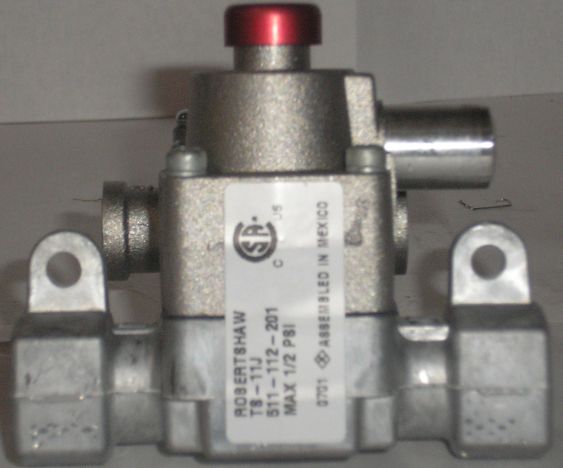The motto, “you get what you pay for,” truly applies when talking about
restaurant equipment. As a purchaser, you may be tempted to take the cheapest option available, without giving much thought to equipment specifications, or how equipment fuel efficiency affects a daily budget.
Continuing from our previous post on
buying new restaurant equipment, here are 5 new tips to keep in mind while making a purchasing decision.
Consider Quality Over Cost
Are you expanding your commercial equipment arsenal, or replacing an older unit? What if your next piece of equipment lasted longer, and required less upkeep than what you had before? Both questions lead to an important point—choose quality equipment when cost allows for it. Do some preliminary research on equipment manufacturers, and if materials, technology, and reputation factor in to a good purchase. In some cases, purchasing equipment with extra features or systems cuts out the need for an entirely separate unit!
Pay Attention to Utility Specifications
When reading up on equipment features online or at the store, don’t forget to run through the utility specifications. These include all hookups for water, gas, and electric. It may help to jot down some notes of what you have available in your kitchen setup before you begin your search for new equipment. There is nothing worse than buying electric powered equipment, only to remember your setup runs on gas!
Make Sure You Have Space
Another great step to take before making any purchases is to measure your kitchen. Remember, if your newly purchased fryer doesn’t fit through your kitchen door, it won’t be of much use! Take the time to compare product dimensions with your own kitchen setup, and create a mock diagram of where new equipment will go.
Go Green
Certain manufacturers may offer “green” functionality as a selling point. Equipment efficiency is another important factor to keep in mind when considering two similar options. Remember that “green” is just a word, and on few occasions may even signify less efficient specifications than equipment not advertised as green. At the end of the day, it is up to you to carefully consider your options and select equipment based on the facts, and not hype. Fuel-efficient equipment has the potential to save a restaurant over $10,000 a year compared to less optimized options.
Don’t Immediately Sign For New Equipment
While it may be exciting to make such a big purchase, don’t jump the gun and sign without inspecting the equipment in question first. After delivery, the first thing you should so is check for any nicks, dents, or indication of mishandling. Should anything be damaged, do not sign for the package. If you do, it will become more difficult to claim the damage was due to faulty delivery practices.
Labels: commercial kitchen, restaraunt equipment








